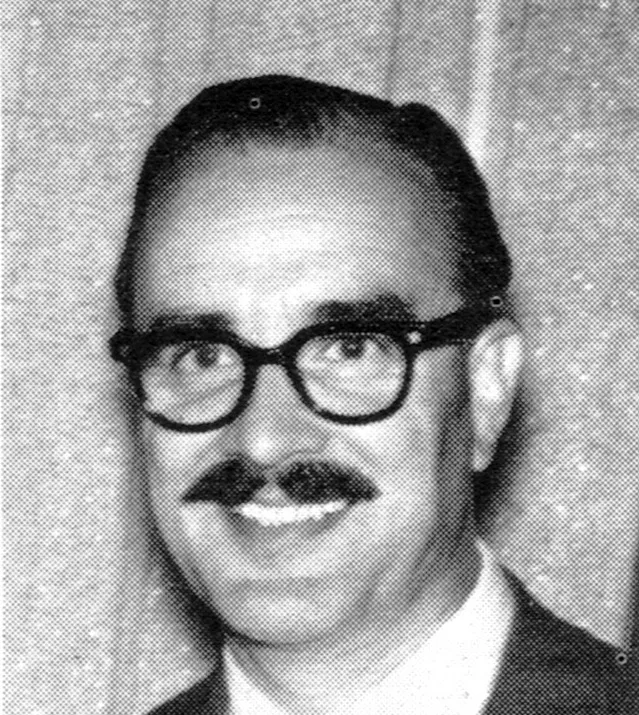Just like people, cities are complex systems. Planners and designers play a key role in making them function smoothly through well-designed signage systems and visual identities. These elements must not clutter the environment but instead serve to inform, direct, and warn the public effectively.


